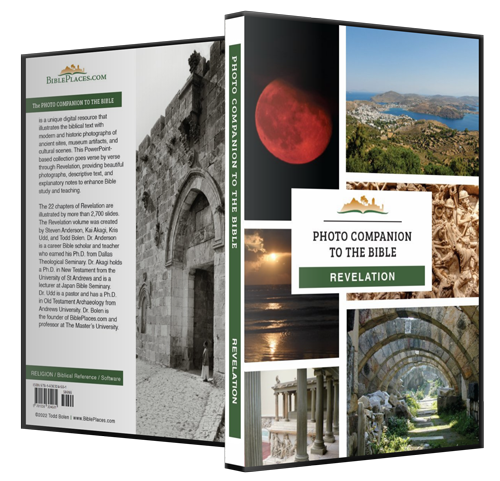Then I was given a measuring rod like a staff (Revelation 11:1).
The word “measuring rod” (Gk. kalamos) refers generally to a reed, stalk, staff, or cane; only the context here indicates that it was used for measuring (cf. the golden measuring rod of Rev 21:15). The use of the same word (Gk. kalamos) and a similar context (measuring a temple) invites a comparison to the rod used by Ezekiel, which is described as being six cubits (about 9 ft; 3 m) in length (Ezek 40:5). The tall reeds shown in this photo were photographed at a possible location of the Old Testament site of Gibbethon on Israel’s coastal plain, not far from Tel Aviv.





